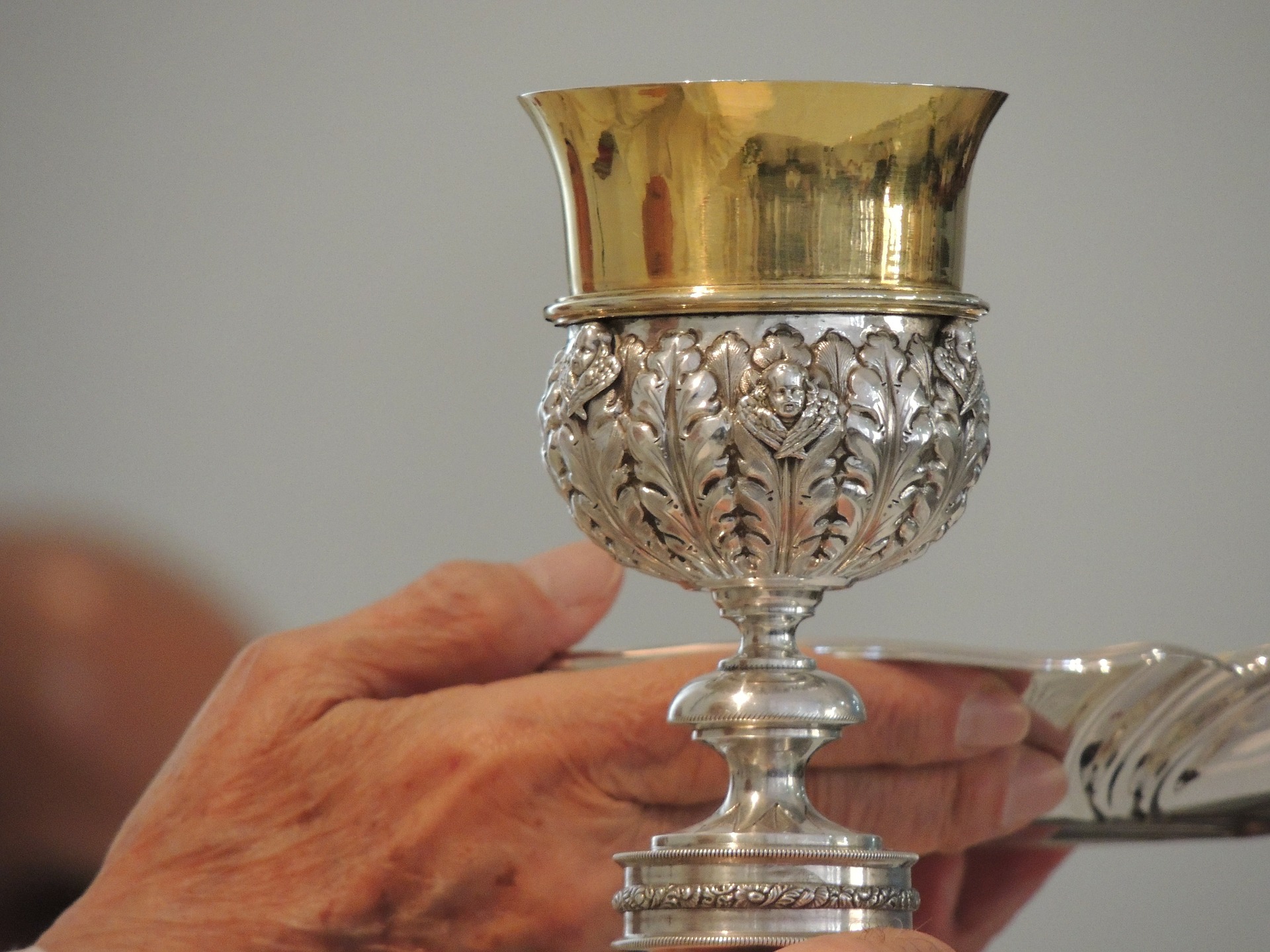Answered by Legionary of Christ Father Edward McNamara, professor of liturgy and dean of theology at the Regina Apostolorum University.
Q: Can you address the question of permanent deacons NOT placing their palms or hands on the mensa of the altar at the beginning of Mass, in the manner which we priests do? I recall being taught in seminary that since they are not in persona Christi at the altar as we priests are, nor are their palms anointed as ours are, nor do they have anything whatsoever to do with confecting the Eucharist, that they are to reverence the altar at the beginning and end of Mass with their hands joined, or if needed to steady themselves they are to hold on to the bottom of the mensa, out of sight of the people. — D.D., Florida
A: I think one or two distinctions are in order before addressing the question as such.
First of all, there is no difference in liturgical functions between permanent and transitional deacons. Second, we need to distinguish between a possible liturgical norm or tradition, and the reasons given to justify it.
The probable origin of this norm, if it currently exists, is found in the extraordinary form of the Roman rite. According to the ceremonies book of Fortescue-O’Connell-Reid:
«In genuflecting at the altar the celebrant alone lays the hands on it while doing so» [page 47].
Other books, such as the Italian Trimeloni, contain similar points although in greater detail, adding other moments in which the celebrant lays his hands upon the altar.
These books, however, do not provide reasons for these particular norms.
It is therefore probable that the norm that reserved touching the altar with both hands to the celebrant has been carried forward into the current rite. Although not universal, it is widespread to tell deacons to kiss the altar with hands joined while the priest places both hands upon the altar. At least some papal masters of ceremonies have instructed deacons to act in this manner.
However, does this norm really apply to the current liturgy and can it be justified by any official documents?
We must remember that the changes to the liturgy have been many and profound. In this area alone there is the restoration of concelebration, which implies many priests kissing and touching the altar. Likewise, the current rite foresees the deacon kissing the altar alongside the celebrant. In the extraordinary form only the celebrant does so. Given the different ritual contexts it would be surprising that such a specific rule would still apply.
The current norms in the missal are:
«44. Among gestures are included also actions and processions, by which the Priest, with the Deacon and ministers, goes to the altar; the Deacon carries the Evangeliary or Book of the Gospels to the ambo before the proclamation of the Gospel; the faithful bring up the gifts and come forward to receive Communion. It is appropriate that actions and processions of this sort be carried out with decorum while the chants proper to them are sung, in accordance with the norms laid down for each. […]
«49. When they have arrived at the sanctuary, the Priest, the Deacon, and the ministers reverence the altar with a profound bow. Moreover, as an expression of veneration, the Priest and Deacon then kiss the altar itself; the Priest, if appropriate, also incenses the cross and the altar.»
Neither here, nor in any part of the General Instruction of the Roman Missal, nor in the rubrics of the entrance procession, is there any indication of where the priest or deacon places his hands while kissing the altar. Also absent is any indication that only the priest may touch the altar.
Although not an official text, it is interesting to note the interpretation of Bishop Peter J. Elliott’s «Ceremonies of the Modern Roman Rite»:
«(No. 249)… the celebrant goes to the altar and kisses it at the center, placing both hands on the surface and joining them when he stands upright. It seems preferable to kiss the altar from the side where he will celebrate.»
Although these details are not found in the official documents they do correspond to the overall tradition and practice of the Roman rite and sound liturgical sense.
Later, when describing the entrance accompanied by deacons, he states:
«(No. 377)… The deacon goes directly to the altar and places the Book of the Gospels on it, at the center. He moves to the right and waits for the celebrant (and second deacon), and together they kiss the altar.»
This renowned expert makes no mention of a different posture of the hands for the deacons.
When one looks at the reasons given for this difference of posture — that deacons are not acting in persona Christi at the altar, their palms are not anointed and that they do not consecrate the species — well, that is all true. But it seems excessive to justify a very minor distinction of posture that is not officially mentioned anywhere, especially in the light of gestures that the rubrics do foresee, such as holding the chalice with the Precious Blood during the final doxology of the Eucharistic Prayer.
Therefore, I would conclude that the practice of distinguishing the posture of the deacon and priest with respect to touching the altar cannot be justified by the liturgical norms now in force.
* * *
Readers may send questions to zenit.liturgy@gmail.com. Please put the word «Liturgy» in the subject field. The text should include your initials, your city and your state, province or country. Father McNamara can only answer a small selection of the great number of questions that arrive.

Pixabay CC0 - chikid
Deacons' Hands on the Altar, by Fr McNamara
Official Norms Are Silent on This Point


